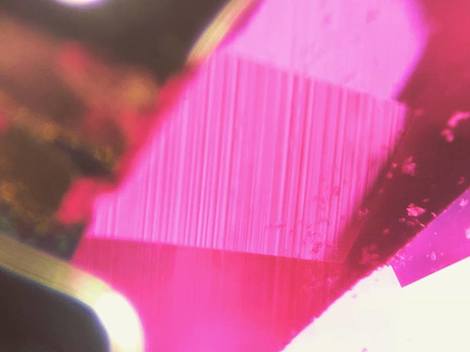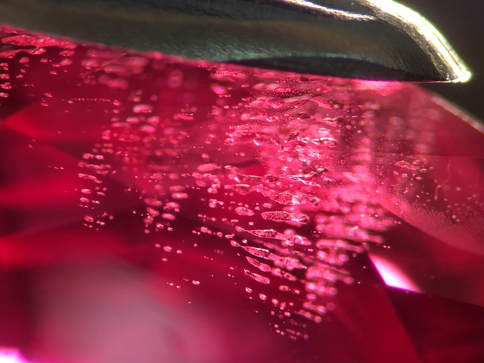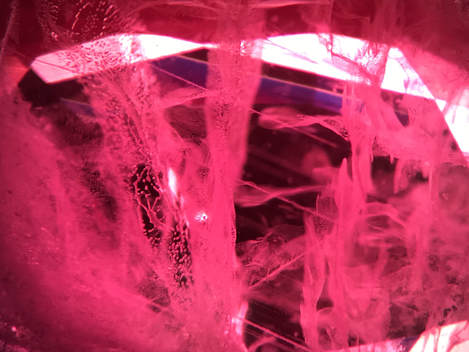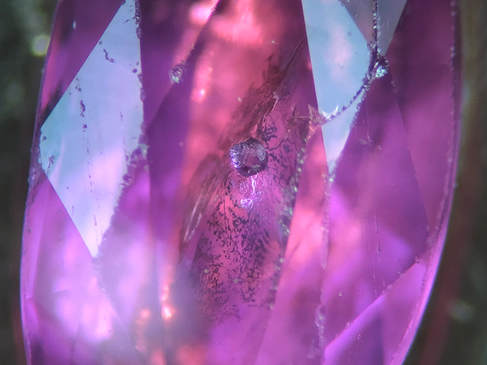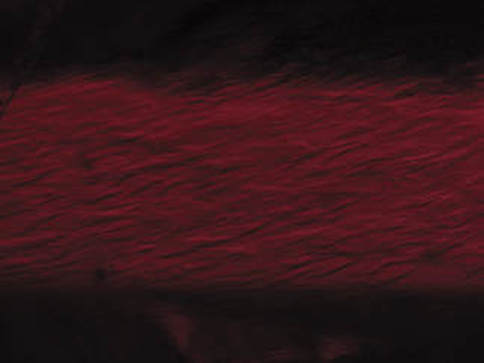synthetic rubies
Rubies are a very beautiful gem, but can also be a very expensive one too!
Lab-created rubies have their place in the market as a more affordable alternative to natural rubies.
Below is a list of the different types of synthetic rubies.
Lab-created rubies have their place in the market as a more affordable alternative to natural rubies.
Below is a list of the different types of synthetic rubies.

